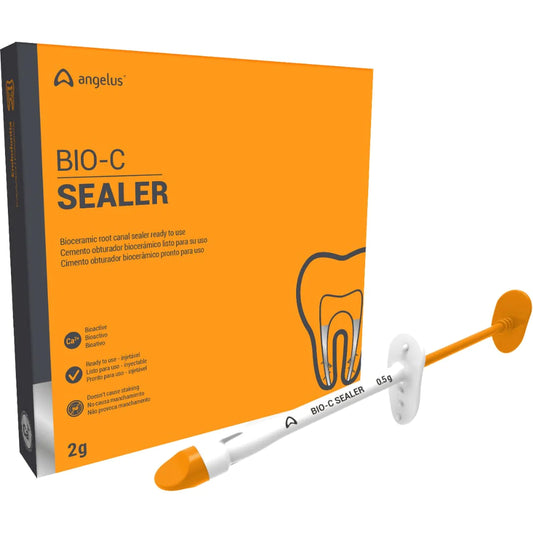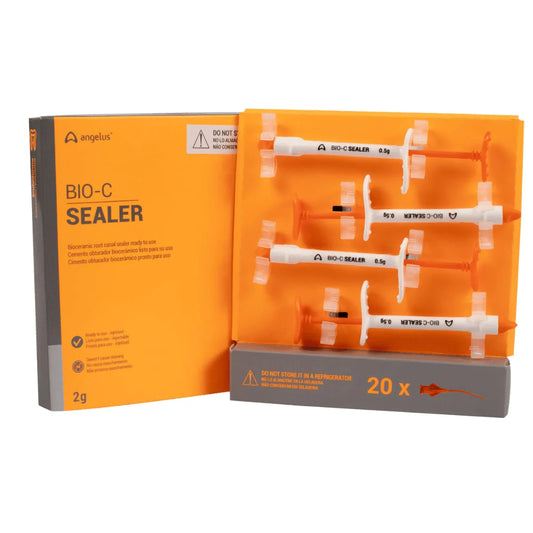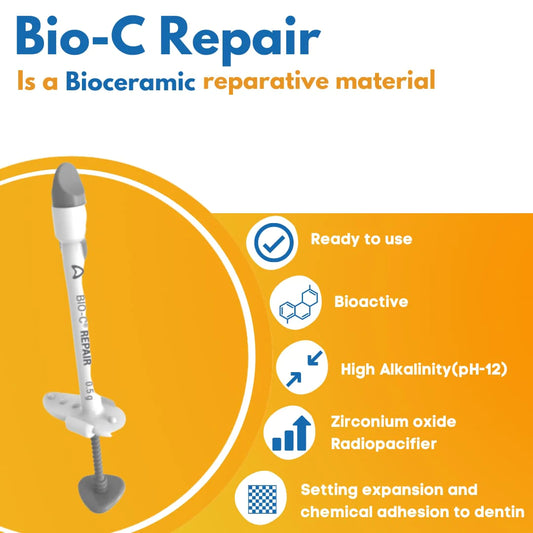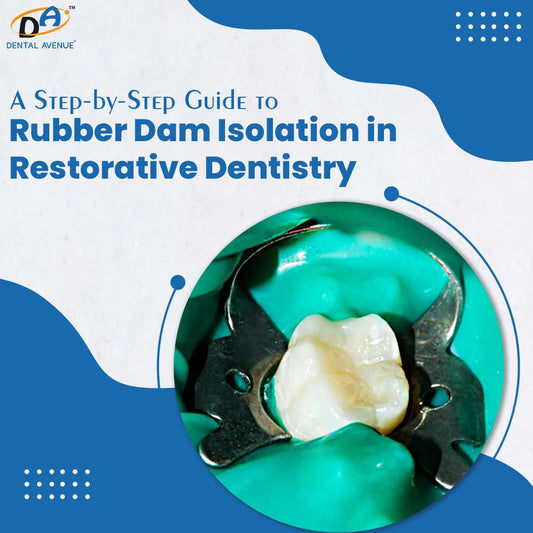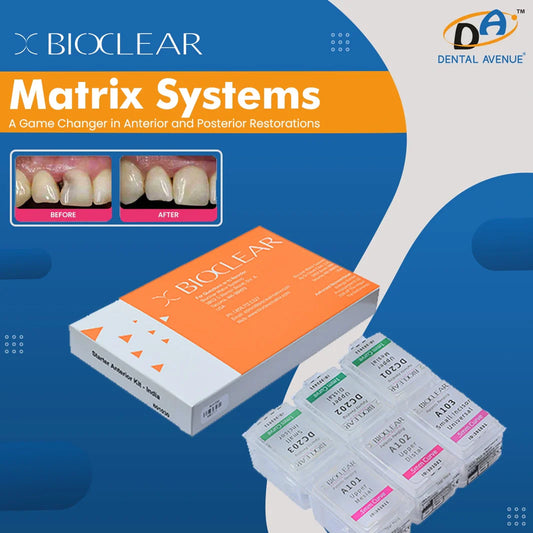Resin-filled material became the treatment of choice in early 1960s. The resin matrix is dispersed with inorganic fillers, increasing strength and reducing thermal expansion. Composites can differ based on particle size, curing, handling characteristics, filling types, and more.
Guide to Select Dental Composite Material
The most important factor for most dentists when choosing a composite is how it is manipulated in the clinic. Being comfortable working with a material is crucial to the longevity of the restoration.
- Polishability: Nanocomposites are the most polishable, followed by hybrids. A highly polished composite can prevent plaque retention and biofilm.
- Mechanical properties: include the composite's strength, how it wears in the patient's mouth, and its bond strength and adhesion.
- Enamel thickness: The enamel thickness should be between 0.5 mm and a maximum of 0.7 mm.
- Flexibility: High-quality dental composite should not be very viscous or too thin, as the material should not stick to the instrument.
- Shade guide: Consider the range of shades, opacities, and translucencies.
- Handling: The dental composite should be used in a well-ventilated environment because of its viscous nature. Also, the delivery tip on syringes should be disposed of after use, and the expiration date should be checked beforehand.
- Other criteria: Evaluating the following criteria such as:
- Durability/longevity
- Versatility
- Manufacturing properties
- Material cost.
Tips for effective preparation of the tooth and composite material
A dental composite filling can restore tooth integrity and function. It provides the shade of natural teeth, making it aesthetically pleasing and more accepted by the patient.
For effective preparation, one must follow all the steps accurately and precisely, such as:-
1. Choosing the right shade
The operator uses the shade chart to select the right shade for the patient according to his/her expectations and demands. Dental shades come in myriad varieties. The operator works on the composite filling closest to the color of the patient's natural teeth. Also, in cases where inner and outer surfaces have different shades, the dentist can choose accordingly to make the teeth more natural.
2. Removing stains and calculus
Cleaning the teeth is a prerequisite before starting any dental procedure. A spotless teeth surface gives a strong bond with the restorative material and helps prolong the filling.
3. Tooth preparation
The operator applies local anesthesia in this crucial stage and trims the tooth structure. This stage usually involves trimming and drilling. The dentist will restore the tooth by bonding the composite filling to the enamel and reshaping the tooth. If the tooth has more carious lesions, drilling may be more.
4. Etching with 37% phosphoric acid
After tooth preparation, the next step is etching the tooth for better adhesion, for this 37% phosphoric acid is applied to the area. Tooth conditioners contain 30-40 percent phosphoric acid. The conditioner is applied for at least 15 seconds and then washed off. This will make the tooth look like etched glass.
5. Bonding and curing
The liquid agent is applied to the etched area in the bonding process. Once the bonding agent is even on the dental surface, it is to a curing light for about 10-20 seconds. The light triggers the bonding agent's catalyst, resulting in the restoration's hardening.
How to apply Dental Composites?
After examining the cavity and x-ray, one has to assess the type of composite to be used to restore tooth integrity and function.
Numbing the area before the procedure is important for the patient's comfort, and the operator should inject LA into the affected tooth's surroundings. Before administering, a Local anesthesia patch test should be conducted to check for patient sensitivity.
With the area numb and ready, the tooth is prepared to create a clean and stable foundation for the composite filling. Unlike traditional amalgam fillings that require more aggressive shaping, composite fillings preserve more of the natural tooth structure.
After preparing the tooth, the dentist applies a bonding agent to the tooth's surface. This bonding agent helps the composite resin adhere firmly to the tooth structure, followed by the tooth-colored composite resin, onto the prepared area. Each layer is carefully applied and cured using a special dental light, which hardens the resin.
The next step is the sculpting and shaping of the composite material to match the natural contours of the tooth. This artistic process ensures the filling blends seamlessly with your surrounding teeth, making it virtually indistinguishable. The careful shaping also helps restore the tooth's integrity.
Once the filling is sculpted, the operator polishes it to give it a smooth and natural finish. The polishing process also helps prevent staining and improves the longevity of the filling. The last step is to check the bite to ensure proper alignment.
Before concluding the appointment, the dentist conducts a final inspection to ensure the composite filling looks and functions as intended.
Conclusion:
Composite restorations are considered the benchmark for aesthetic restorations. The tips mentioned above should be incorporated into the operator's daily practice for the success and longevity of the composite restoration.
Frequently Asked Questions
What are the primary steps in working with dental composites for fillings or restorations?
The primary steps would be removing the caries part from the tooth and etching and bonding. Lastly, fill in the right type of composite according to the case.
How can dentists ensure proper bonding and adhesion of dental composites to tooth structures?
Proper bonding and adhesion are mandatory for the success of the composite restoration; for this to happen according to the type of case, use selective etch or full etching technique, which etches and primes the tooth accordingly, followed by applying the bonding system.
What precautions should dentists take to ensure patient safety and comfort when working with dental composites?
The dentist should take care of the 3 Ms, which is taking care of moisture control during the filling, material handling, and ensuring the right amount of curing time for the composite filling.
How can I effectively polish Dental Composites to achieve optimal esthetics?
In polishing, the last step is using sequential abrasive disc polishing followed by applying the abrasive paste to give a smooth and shining look.

